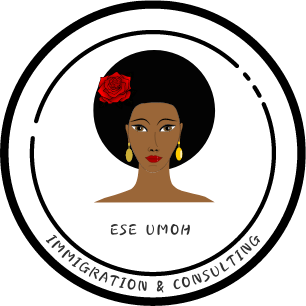Dear future neighbour,
The Ontario Immigrant Nominee Program (OINP) has launched the Regional Economic Development through Immigration (REDI) pilot program, which runs from January 2, 2025, to December 31, 2025. This initiative aims to attract up to 800 skilled immigrants to four rural and northern regions in Ontario:
- Lanark,
- Leeds and Grenville
- Sarnia-Lambton
- Thunder Bay
Below is a detailed overview of the program, including its objectives, application process, eligibility criteria, and a comparison of the job offer streams involved.
Objectives of the REDI Pilot
The REDI pilot is designed to address labor shortages in critical sectors such as healthcare, technology, and skilled trades. By attracting skilled workers to these regions, the program aims to enhance local economic growth and ensure that communities can effectively meet their workforce needs.
Application Process
Candidates must follow these steps to apply for the REDI pilot:
1. Expression of Interest (EOI): Register an EOI with OINP.
2. Job Offer: Obtain a full-time job offer from an employer in one of the participating regions.
3. Nomination: Receive a provincial nomination from OINP to apply for permanent residence through Immigration, Refugees and Citizenship Canada (IRCC).
Eligibility Criteria
To qualify for the REDI pilot program, applicants must meet specific requirements based on one of the OINP’s Employer Job Offer streams. Below are the eligibility criteria for each stream:
Employer Job Offer Streams
| Stream |
Job offer requirements |
Candidate requirements |
| Employer job offer: Foreign Worker Stream |
– Full-time and permanent.
– A TEER 0, 1, 2, or 3 occupation.
– Pays a wage equal to or greater than the median wage for the occupation in Ontario.
– Based in Ontario.
– Position critical for employer’s business. |
– Minimum work experience. |
Key Points
– Candidates must intend to reside in Ontario.
– They must be licensed or authorized to practice their occupation if it is regulated.
Employer job offer: International Student Stream
| Stream |
Job offer requirements |
Candidate requirements |
| Employer job offer: International Student Stream |
– Full-time and permanent.
– In a TEER 0, 1, 2, or 3 occupation.
– Pays equal to or more than the low wage level for the occupation.
– Based in Ontario.
– Position critical for employer’s business. |
– College or university education.
– Apply for nomination within two years of completing the qualifying education credentials. |
To qualify for the education requirements under the Employer Job Offer: International Student Stream, candidates need to have completed a program from an eligible Canadian institution in Ontario within the two years before applying. The acceptable education levels include:
– An undergraduate degree or diploma that is at least two years long if studied full-time.
– A graduate degree or diploma that is at least one year long if studied full-time.
– A college graduate certificate that is at least one year long if studied full-time.
– A university graduate certificate that is at least one year long if studied full-time.
To find out the low wage level for a job offer, candidates should visit Canada’s Job Bank. On the site, they can enter the NOC code, job title, and location to check the low wage level for their occupation.
If a candidate is already employed in the position, the wage offered must be equal to or higher than what the employer currently pays for that role, in addition to meeting the low wage level.
Employer job offer: In-Demand Skills Stream
| Stream |
Job offer requirements |
Candidate requirements |
| Employer job offer: In-Demand Skills |
– Full-time and permanent.
– For an eligible occupation.
– Based in Ontario.
– Pays as much or more than the median wage for the occupation in Ontario.
– Position is critical to employer’s business. |
– Nine months’ work experience.
– High school diploma.
– Language proficiency of CLB 4 or higher. |
Conclusion
The REDI pilot program represents a significant advancement in Ontario’s immigration strategy by focusing on regional economic development through targeted immigration. It provides a streamlined pathway for skilled workers seeking permanent residency while addressing local labor shortages. Aspiring applicants are encouraged to explore this opportunity and participate in information sessions hosted by OINP to understand how they can benefit from this new initiative.
Do you require assistance with your work permit application, immigration process, admission, express entry or provincial nomination profile. Are you overwhelmed with the process and need to speak to a professional immigration consultant? Schedule a consultation session or send an email on info@eseumohimmigration.com










